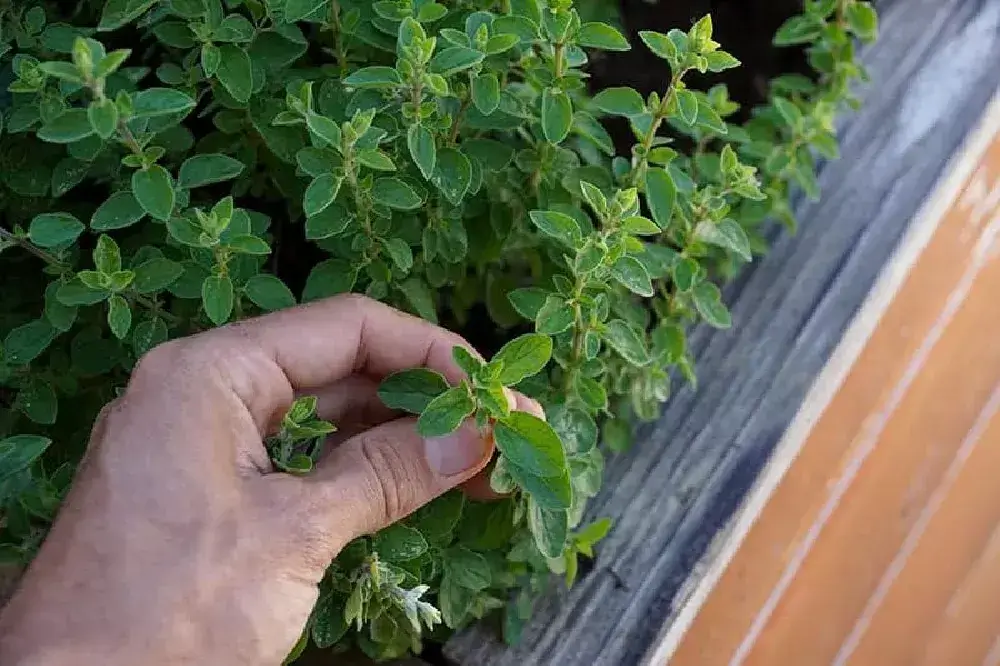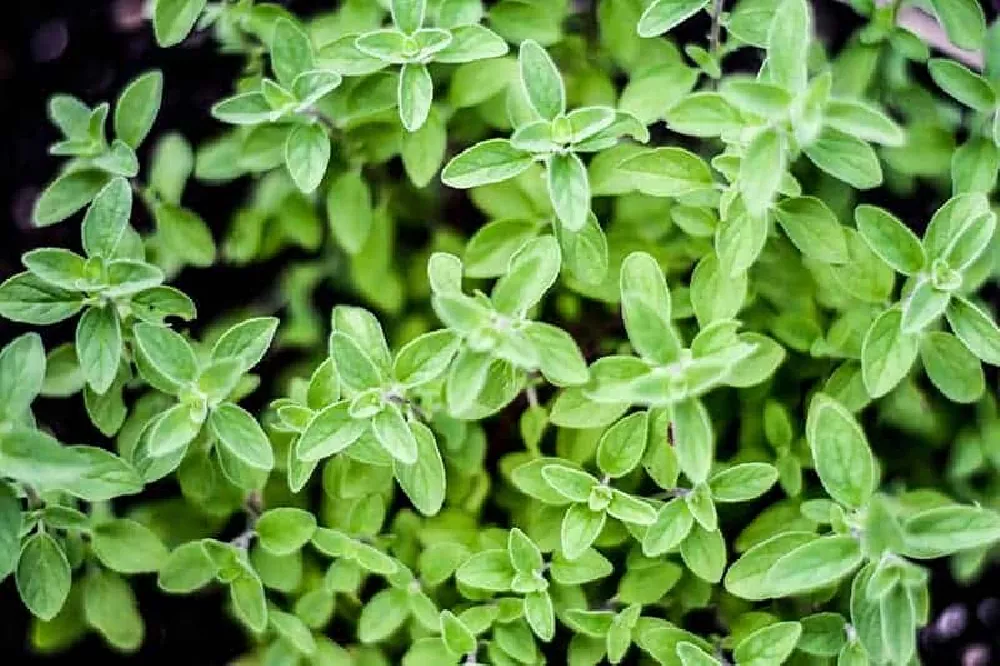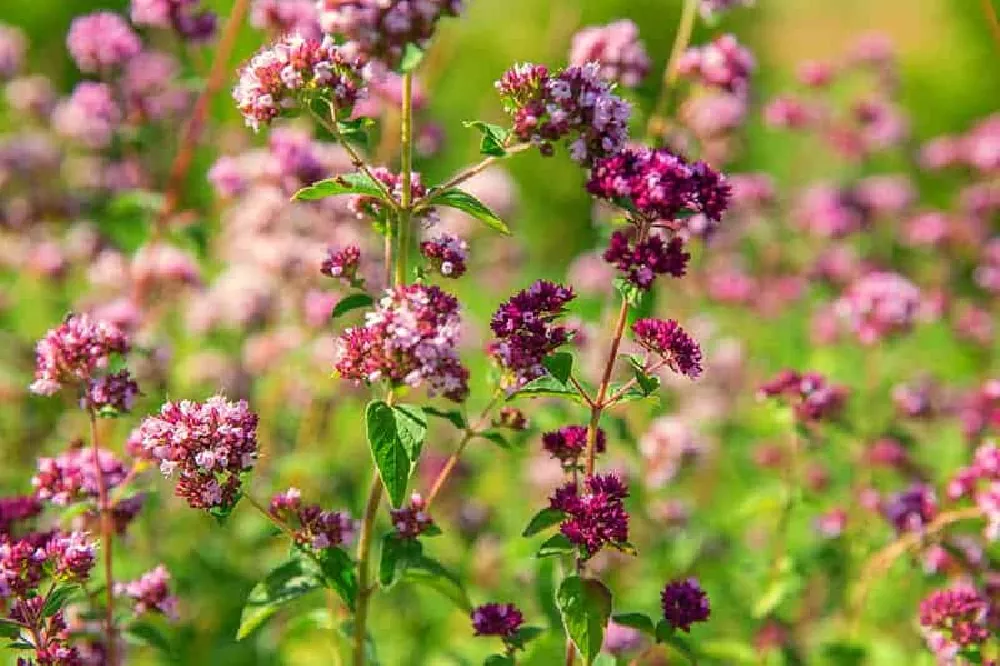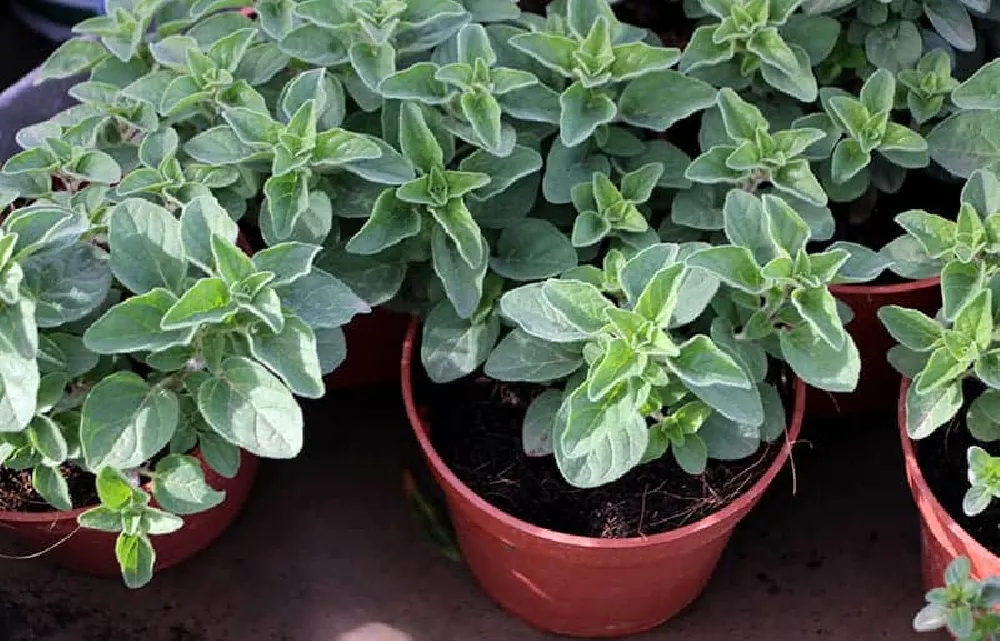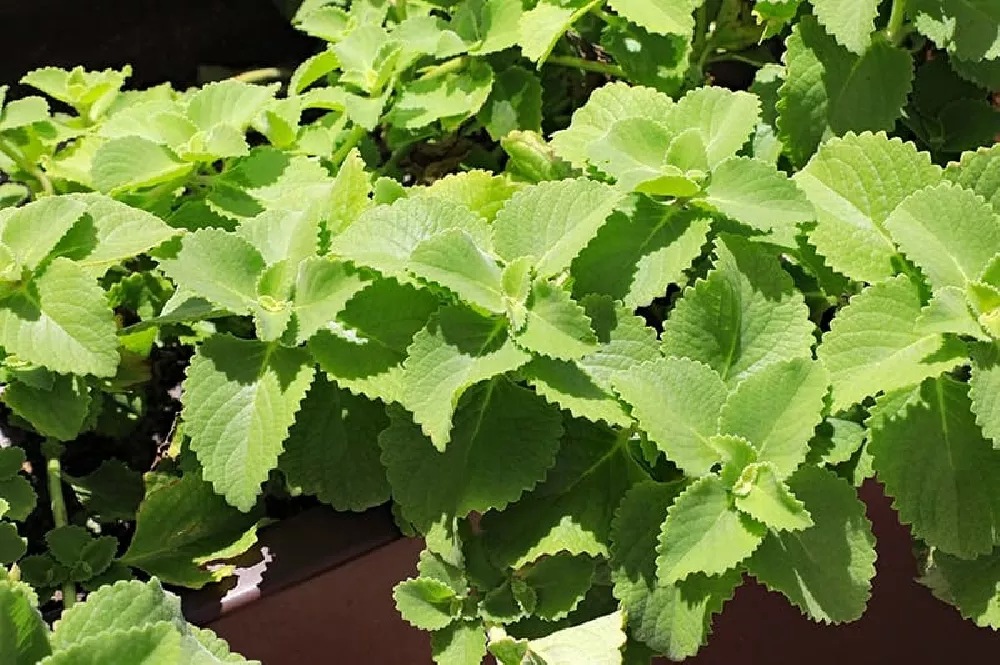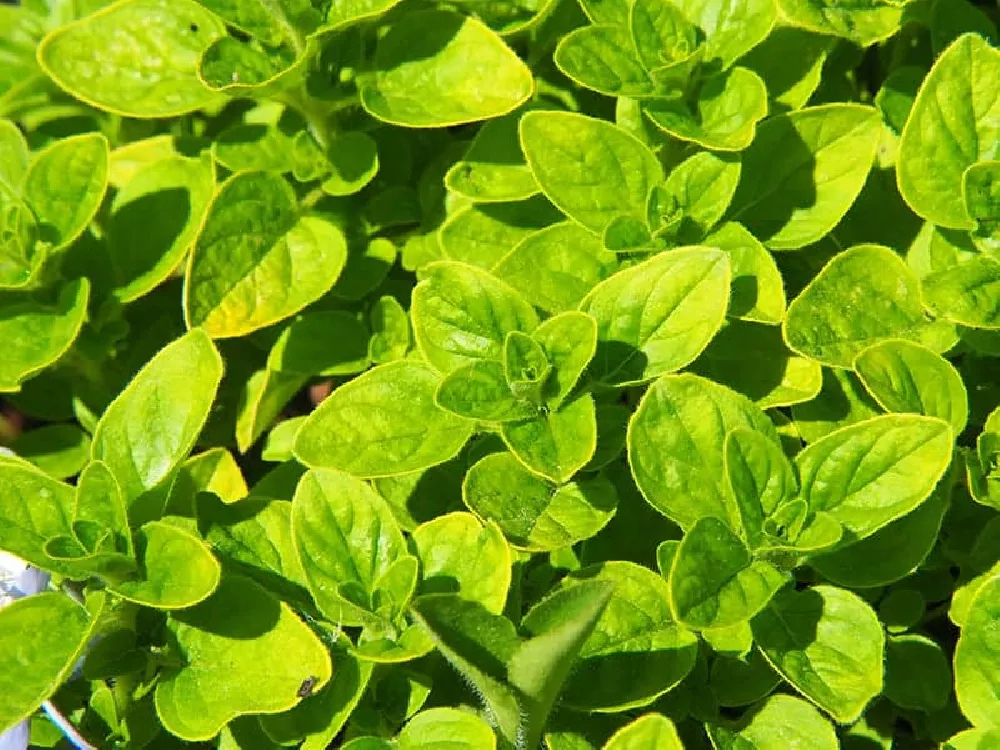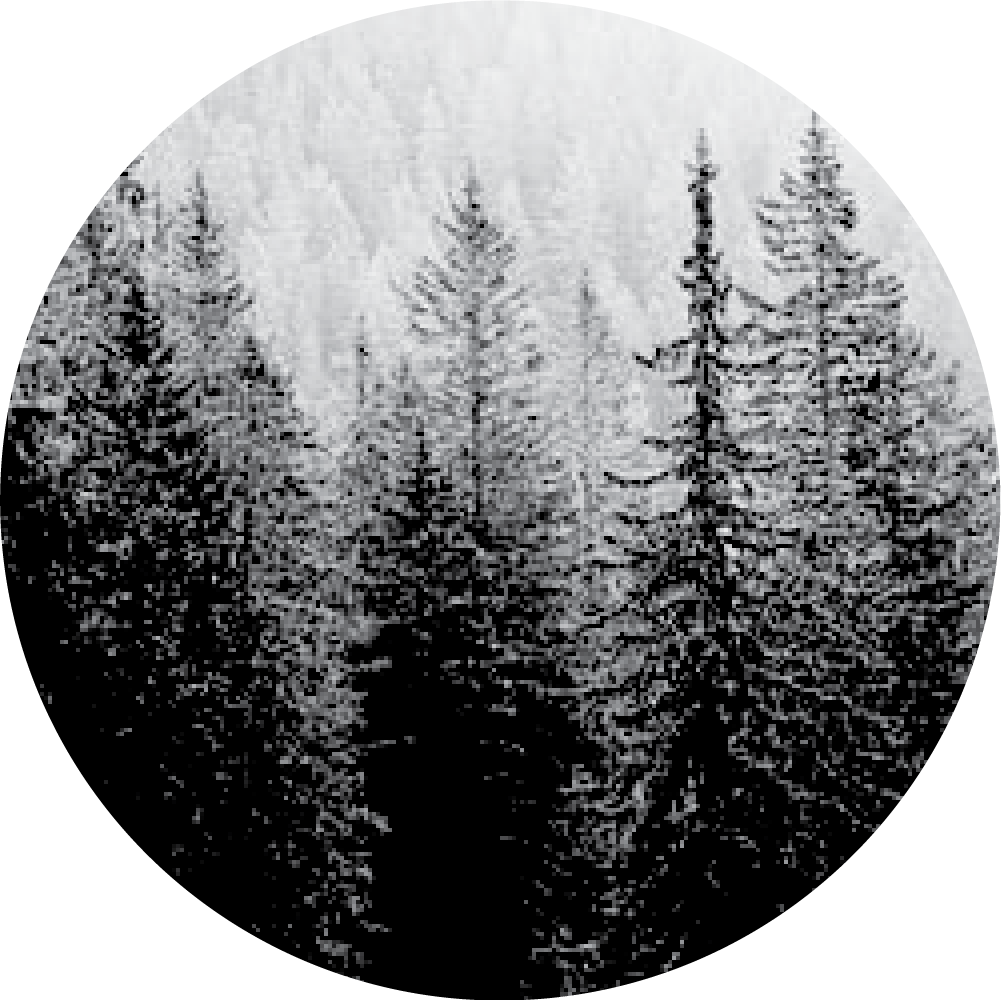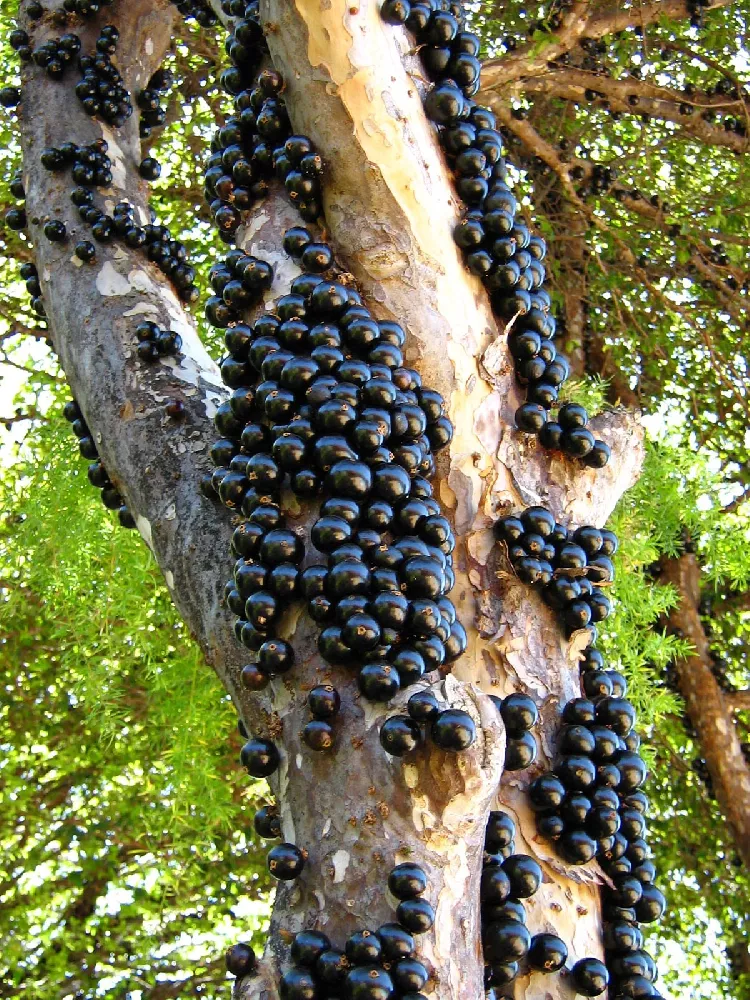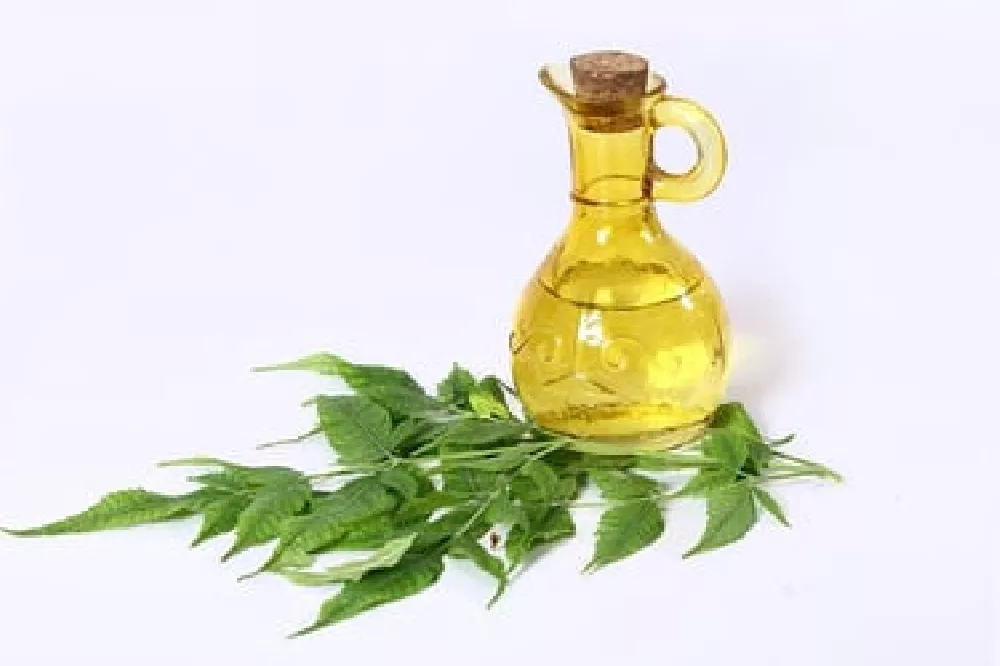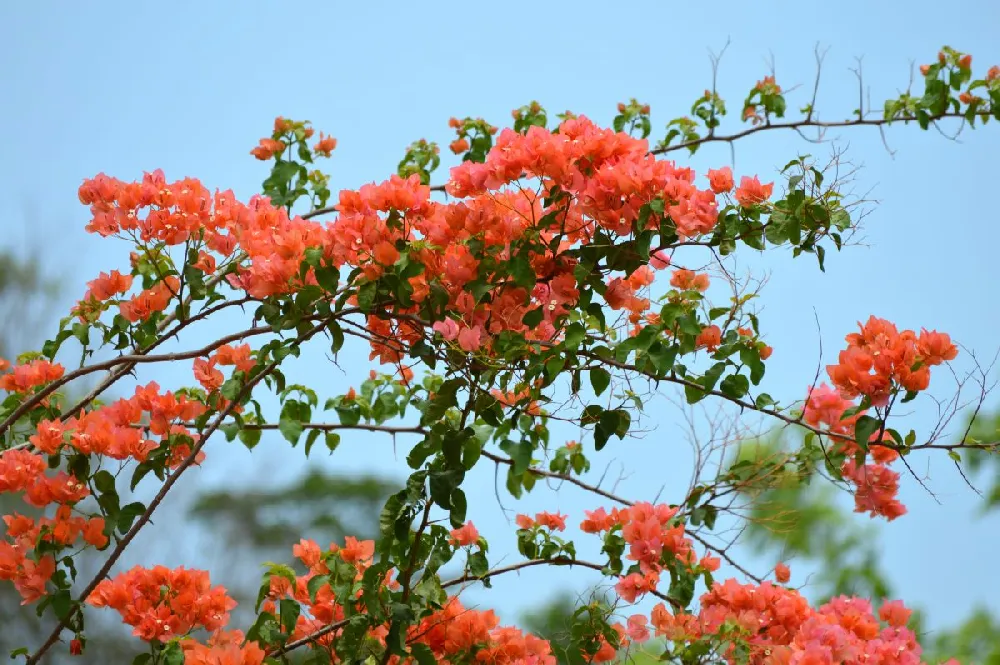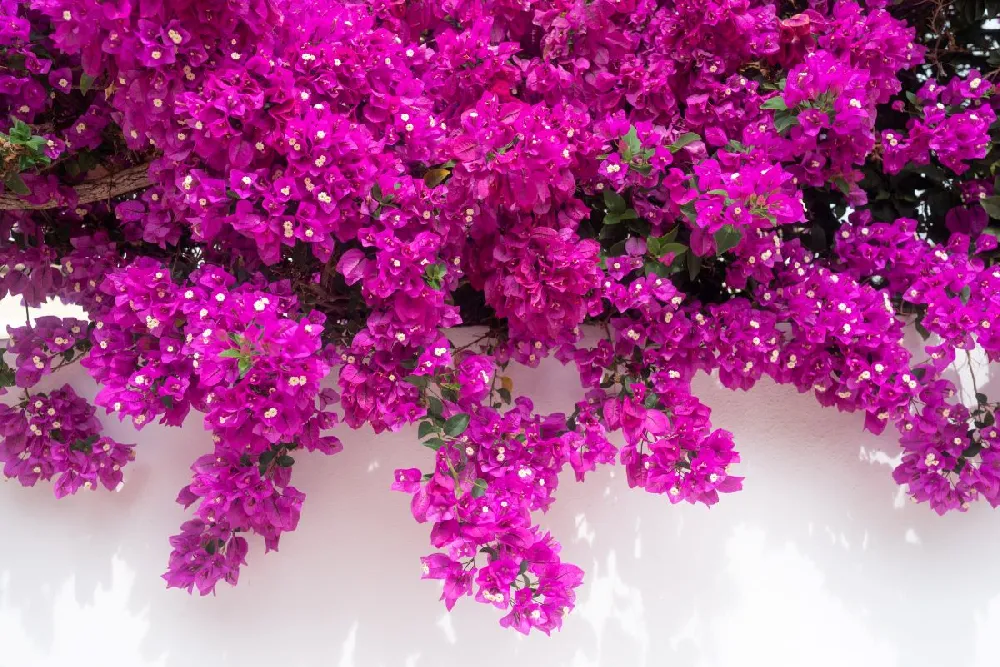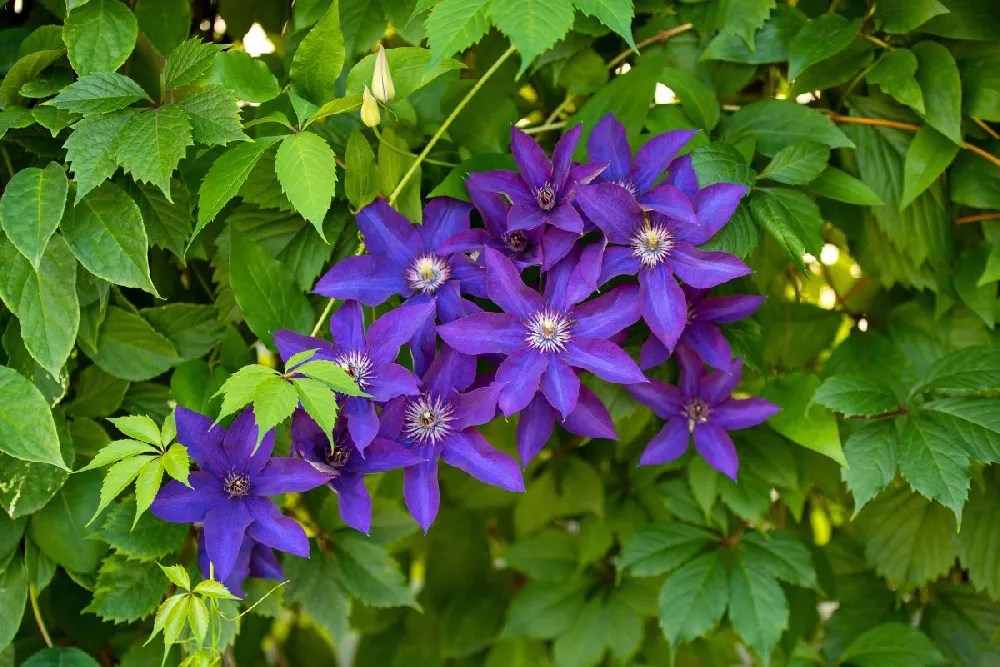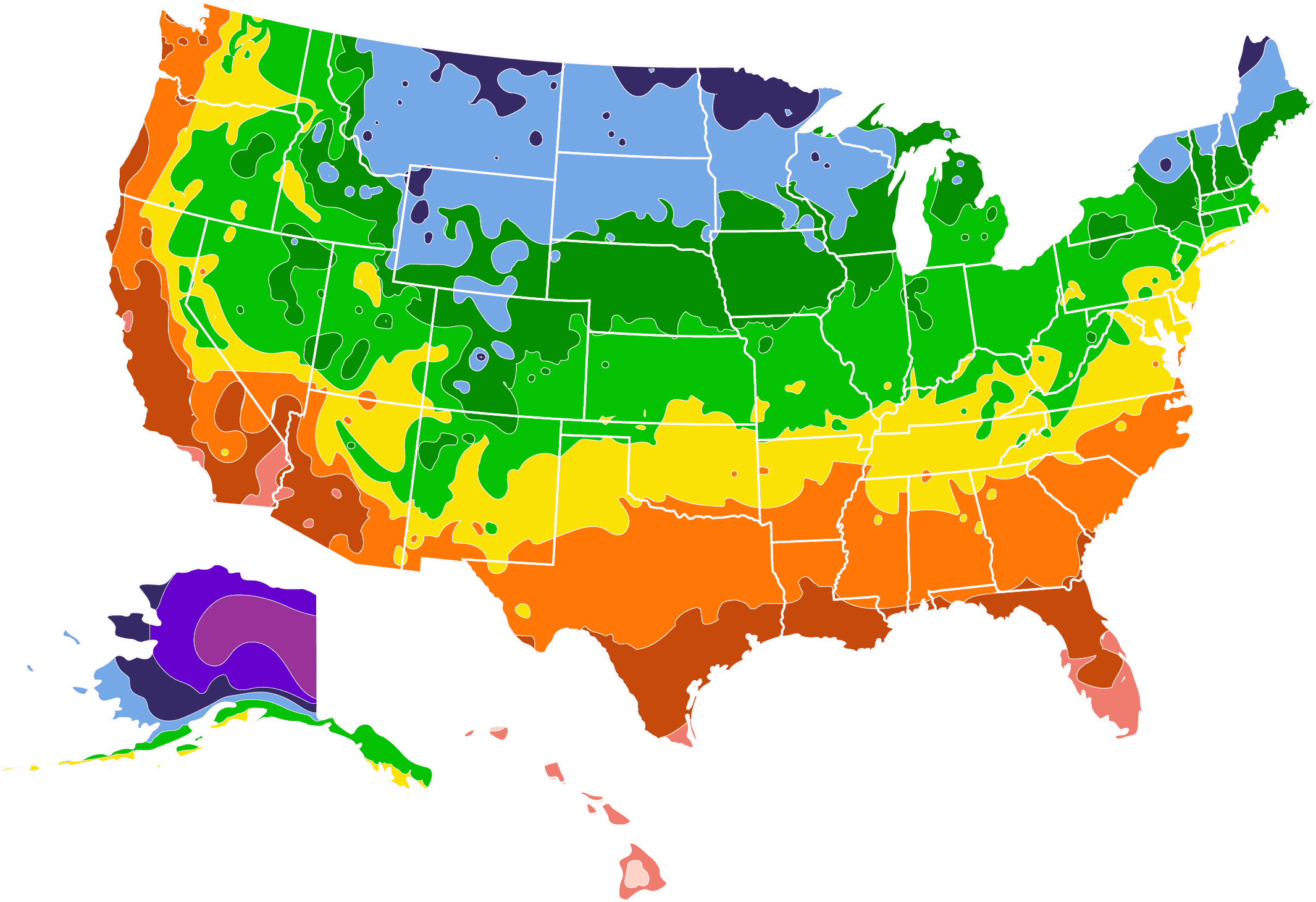- Home >
- Ground Cover Plants >
- Oregano
Oregano for Sale - Buying & Growing Guide
GrowJoy - Quart-Sized Pot - Greek Oregano Herb Plant
GrowJoy - 2.5-Inch Pot - Hot and Spicy Oregano Herb Plant
GrowJoy - Quart-Sized Pot - Italian Oregano Herb Plant
Enter your zip code to find nearby stores that may carry this plant.
This perennial herb is cultivated for both culinary and ornamental uses. It thrives in hot climates and has a good tolerance of drought, making it very low maintenance and easy to care for.
In warmer climates, it can be evergreen all year round, or in cooler regions can be grown as an annual plant. Read on to discover the many different types of this aromatic plant.
Oregano Varieties
1. Common Oregano
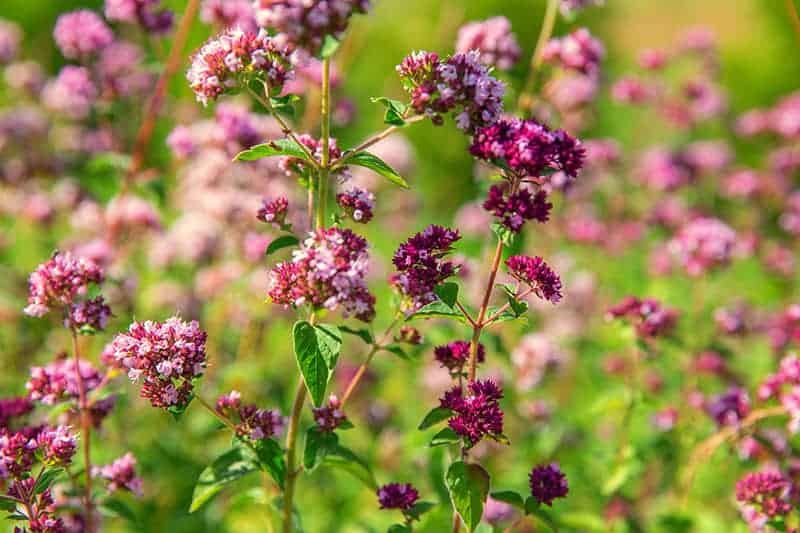
Scientific Name: Origanum vulgare
Mature Size: Up to 3 feet tall
USDA Hardiness Zone: 4-8
Light: Full sun
Water: Low moisture needs
Soil: Well-draining, gritty
Flower Color: Pink, purple, white
Cultivars and Varieties: Origanum vulgare ‘Country Cream’, Origanum vulgare ‘Compactum’, Origanum vulgare ‘Variegata’
These are woody perennials that are native to Europe and Africa. They have square stems that are adorned with highly fragranced, ovate leaves. The mid-green foliage releases an even more pungent aroma when they are damaged or crushed between fingers. The plant blooms from the middle of summer right through to fall, with panicles of pretty flowers that can be purple, pink, or white. This is a popular herb used in cooking, especially Mediterranean cuisine. It can be harvested and used fresh at any time of year, as long as the plant is taller than six inches tall.
For the best flavor, harvest this plant in early summer before the arrival of the flowers. The leaves of the plant can then be dried and kept for cooking throughout the remainder of the year. The flavor of the oregano will differ between varieties, but it is known that oregano grown in the hottest and driest climates will produce the most flavorsome herbs. Ensure your oregano is grown in a position of full sun, and once it is established, only allow it to be watered occasionally. In many instances, rainwater alone will be enough to keep the oregano growing well. These growing conditions will ensure your oregano plant thrives, and you are rewarded with the best flavor.
2. Syrian Oregano
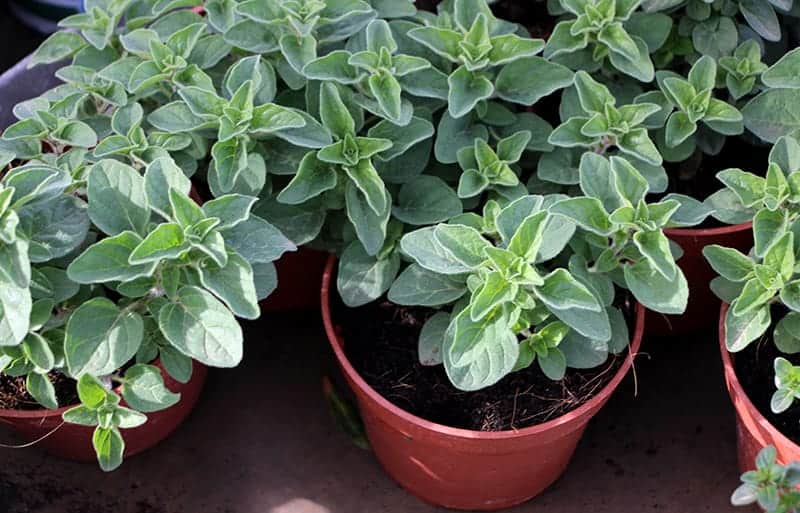
Scientific Name: Origanum syriacum
Mature Size: Up to 4 feet tall
USDA Hardiness Zone: 9-10
Light: Full sun
Water: Low to medium moisture needs
Soil: Well-draining, alkaline, sandy
Flower Color: White
Cultivars and Varieties: Origanum syriacum ‘Cleopatra’
This tender perennial produces soft, hairy erect stems that are densely packed with oval leaves in a gray-green color. It has a slightly different flavor to common oregano varieties and instead has a flavor similar to mint with a subtle spicy kick. It is commonly used in Middle Eastern cooking, for vegetable and meat recipes, but it can also be used in any recipe that calls for common oregano. This plant grows well in hot climates amongst dry soil. It will not tolerate overwatering, and it is also intolerant of humidity.
This plant is known for its vigorous habit and will grow rapidly to produce dense clumps of oregano, making it great for producing plentiful yields of the herb. You can harvest Syrian oregano at any time of year to be used fresh, or you can dry the leaves and keep them for use later in the year. This plant is also sometimes known as Lebanese oregano. It thrives in hot climates as a perennial, but it can be grown as an annual in cooler climates. You could also grow the plant in a container outside and then move it inside for the winter when the temperature drops. However, this plant does not always perform well when kept inside. It can be grown easily from seed and loves plenty of light and dry soil.
3. Greek Oregano
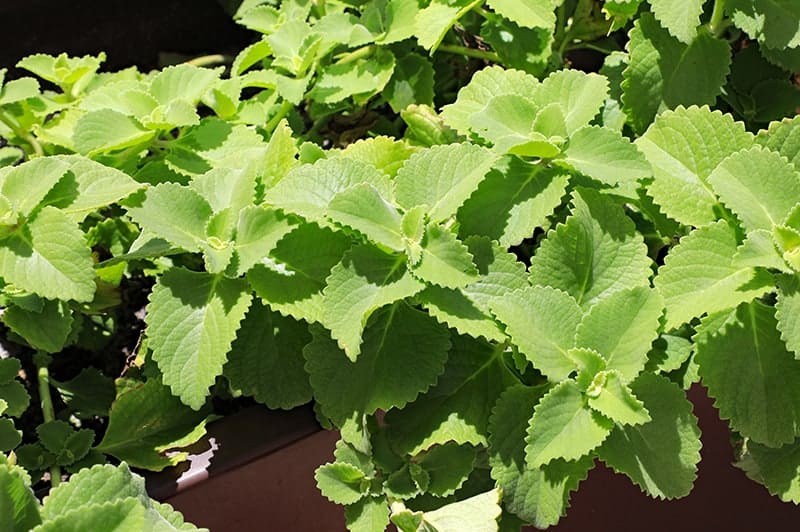
Scientific Name: Origanum vulgare subsp. hirtum ‘Greek’
Mature Size: Up to 2 feet tall
USDA Hardiness Zone: 5-11
Light: Full sun
Water: Low water needs
Soil: Well-draining
Flower Color: White
This is a variety of common oregano that is also sometimes known as European Oregano or Turkish Oregano. It is considered to be the ‘true’ type of oregano to that all others are compared, and this is the type of oregano you are most likely to find on the spice and herb shelves in the grocery store. Greek oregano has a strong flavor and is widely used in Italian, Spanish, and Greek cuisine. It is a common ingredient usually found on pizzas, in pasta sauces, in soups, and in casseroles. Visually, the Greek oregano plant does not look much different from other types of common oregano, and it really is only its flavor that makes it stand out from other oregano plants.
This plant has small, dark green foliage, which provides a backdrop for the tiny white flowers it produces during the middle of summer. It can be grown from seed or propagated from cuttings, and if you are growing this plant specifically for its culinary uses, then you will need to grow it from cuttings. The reason for this is that Greek oregano plants do not grow true to seed, and you are likely to end up with a different oregano plant that will not have the flavor you are looking for. The only way to ensure you get the true Greek oregano variety is to grow it from a cutting taken from a mature Greek oregano plant. Once you have successfully grown this hardy and vigorous plant, you can harvest it at any time of the year to use it as a fresh herb in cooking, or dry it for use later.
To get the best tasting Greek oregano, harvest it in early summer just before the plant produces flowers. This plant thrives in dry soils and hot environments, so allow it a full sun position and take care not to overwater it.
4. Golden Oregano
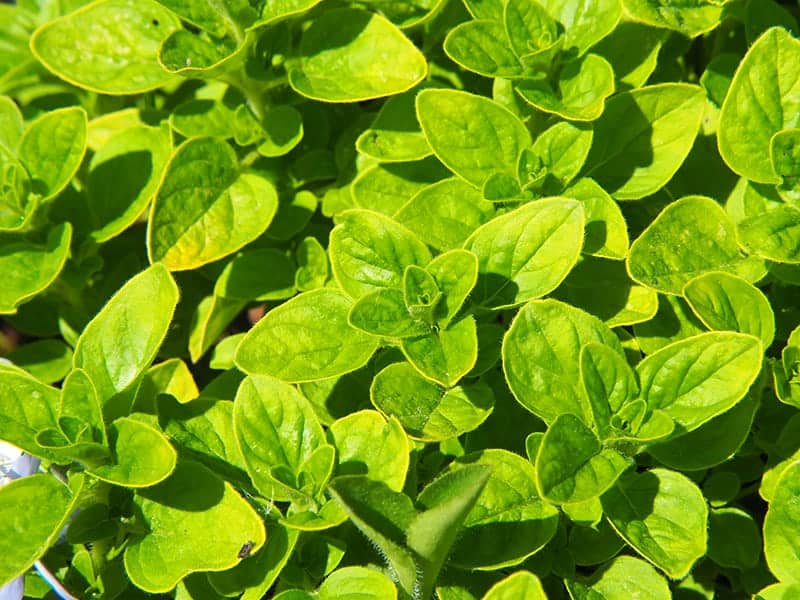
Scientific Name: Origanum vulgare ‘Aureum’
Mature Size: Up to 2 feet tall
USDA Hardiness Zone: 4-9
Light: Full sun to partial shade
Water: Average water needs
Soil: Well-draining,
Flower Color: Purple and pink
This is a variety of common oregano that gets its name from its golden yellow leaves. It is a woody, clump-forming perennial, which has small oval leaves covering wiry stems. The foliage is more intensely yellow when the plant is in the sun, and it will produce pale pink or purple flowers in the summer months. This plant tends to remain quite small, growing wider than it is tall, which can make it useful for covering ground in empty spots in the garden. It remains evergreen in warm climates and is hardy down to zone 4.
This plant is most commonly grown for its visual appeal rather than its culinary uses, as its flavor tends to be much milder than the more popular types of cooking oregano. However, some people do use golden oregano in cooking, especially when they prefer a more subtle oregano flavor. The foliage is also intensely aromatic, which makes it a nice plant to have growing alongside pathways or in containers around a seating area where the fragrance can be enjoyed.
This plant is tolerant of heat, though it would benefit from some afternoon shade in the hottest climates. It is tolerant of humidity and drought, though it performs best when kept in moderately moist soil. It needs plenty of sunlight and well-draining soil. This plant has received the Award of Garden Merit from the Royal Horticultural Society for its outstanding qualities.
5. Ornamental Oregano
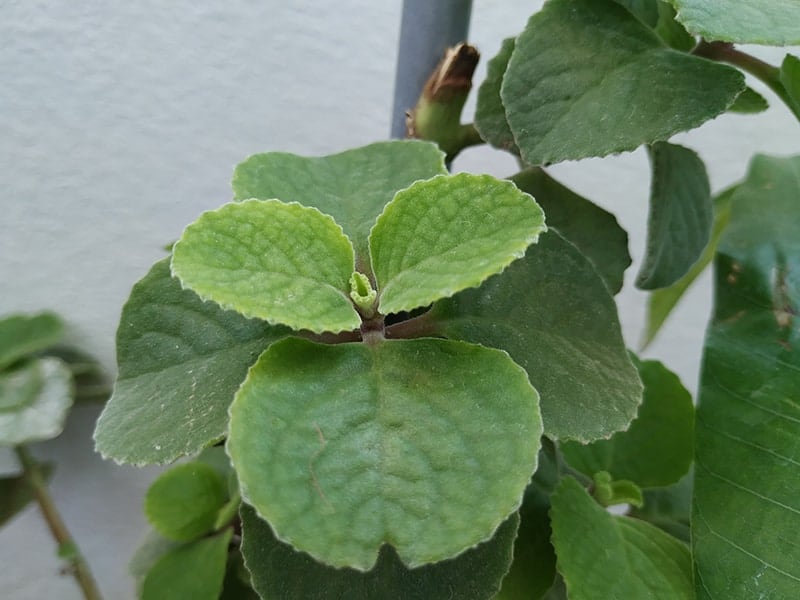
Scientific Name: Origanum sp.
Mature Size: Up to 2 feet tall
USDA Hardiness Zone: 6-11
Light: Full sun to partial shade
Water: Low to medium moisture needs
Soil: Well-draining
Flower Color: Pink, purple, white
Cultivars and Varieties: Kent Beauty, Dittany of Crete, Buckland, Rosenkuppel, Kirigami
Ornamental oregano is grown for its visual impact and its alluring fragrance, but despite the aromatic leaves, it is not suitable for use in cooking. The leaves are edible, but they lack the flavor of other types of oregano, and will not provide any benefits to recipes. There are several different types of ornamental oregano, and these vary in both looks and climate suitability. For example, ‘Rosenkuppel’ is best grown in USDA hardiness zones 5-9, while ‘Buckland’ is only advisable for growing in zones 8-10.
These plants are all perennials when grown in warmer climate zones, but can also be grown as annuals outside of these regions. ‘Kirigami’ is an especially ornamental variety, with pendulous stems that look great drooping down from a raised flower bed or in a hanging basket. This variety produces subtle pink flushed flowers that peep out from amongst the dense foliage.
Ornamental oregano works well when grown in containers or along walkways where the beautiful scent can be appreciated. It will grow in full sun to partial shade, with shade best offered in the afternoon when the sun is at its most intense. These plants have a good tolerance of drought and thrive in dry soils, but can also perform well in moderately moist soils. They will not survive in wet conditions and therefore need a well-draining soil that will not hold moisture against their roots.
6. Italian Oregano
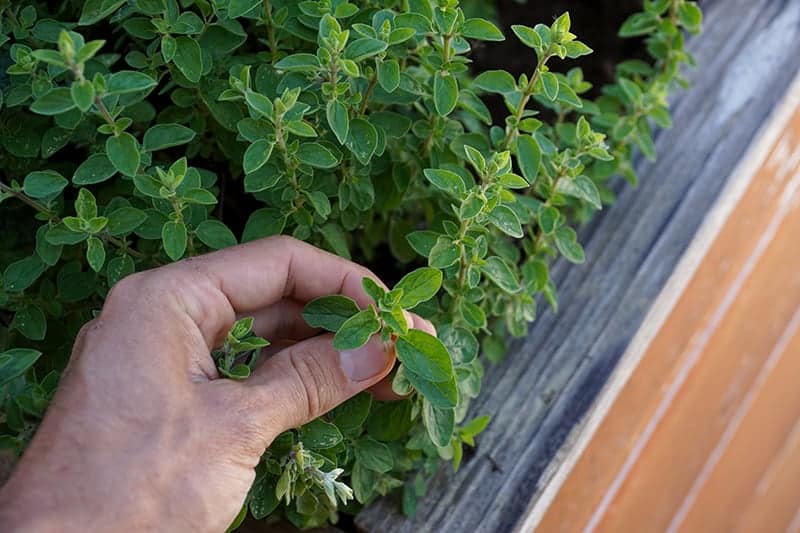
Scientific Name: Origanum x majoricum
Mature Size: Up to 2 feet tall
USDA Hardiness Zone: 8-11
Light: Full sun
Water: Low to medium moisture needs
Soil: Well-draining
Flower Color: Pink
This type of oregano has a milder flavor for cooking, as it is a hybrid of common oregano and marjoram. It is a versatile herb that can be used in a variety of recipes, including soups, tomato sauces, and kinds of pasta. The plant grows to two feet tall, with a similar-sized spread, making it ideal for filling gaps between larger shrubs. The leaves of this plant are slightly larger than common oregano, in a bright green color, and it produces pretty, small pink flowers in the summer.
This plant is very fragrant and can be grown in containers or in garden beds and borders to be enjoyed. The foliage can be harvested at any time of year, but the flavor will be most intense if they are harvested in the morning, in early spring before the flowers bloom. These can then be used immediately or dried for use later in the year. The plant thrives in hot and dry conditions, and grows as a perennial plant in warm climates, but can also be grown as an annual in cooler regions. Keep this plant in gritty and well-draining soil, in a position of full sun. Italian oregano is drought-tolerant once established but also fares well in a soil that is kept moist.
7. Sweet Marjoram
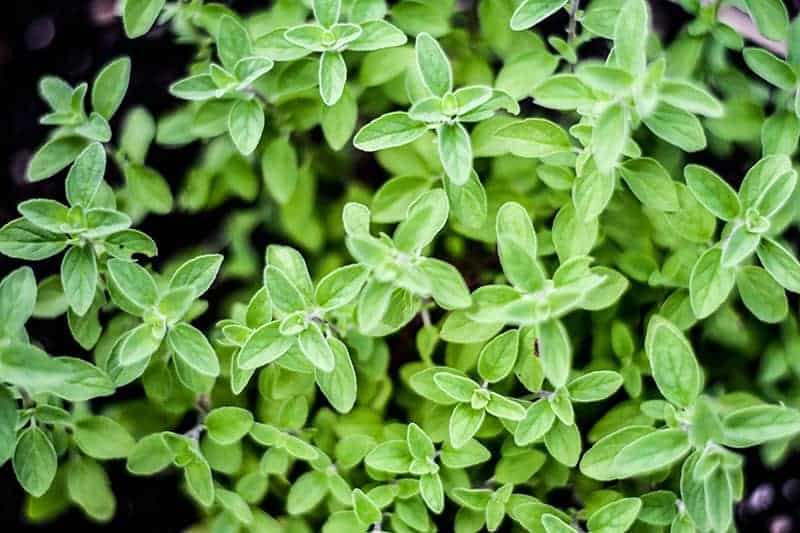
Scientific Name: Origanum majorana
Mature Size: Up to 2 feet tall
USDA Hardiness Zone: 9-10
Light: Full sun
Water: Low moisture needs
Soil: Well-draining
Flower Color: Pink
Cultivars and Varieties: Pot marjoram (Origanum onites), Wild Marjoram
Marjoram is known as a separate herb to oregano when it comes to cooking; however, all types of marjoram are actually variations of oregano, and they are all from the oregano family of plants. This small shrub is native to Turkey and has a mounding habit. It produces gray-green ovate leaves that cover the densely stemmed plant. In summer, this plant is especially attractive, blooming with clusters of small white and pink flowers. The plant’s foliage gives off a delightfully sweet fragrance and is best planted in areas close to where people spend time in the garden so that its aroma can be fully enjoyed.
As a kitchen herb, sweet marjoram has a more delicate flavor than common oregano, but it is still recognizable as a herb from the oregano family. Its flavor can be inhibited when heated, and therefore it works best when added to dishes at the end so that it is not over-cooked or used raw in salads. This is a tender perennial that will be evergreen all year long in hot climates, but otherwise will need to be grown as an annual in cooler regions. It is tolerant of drought and, once established, will be able to survive on rainwater alone. It thrives in full sun and is heat-tolerant.
